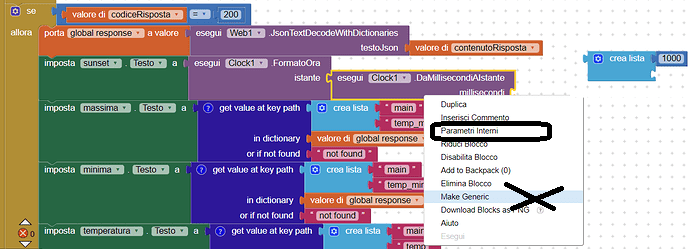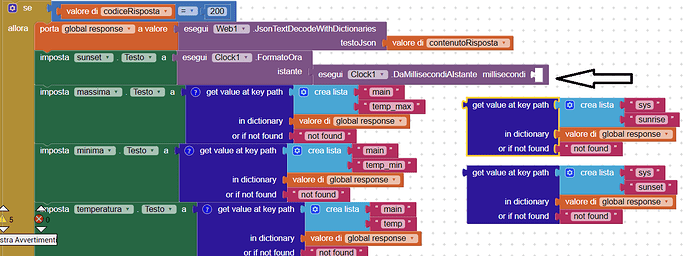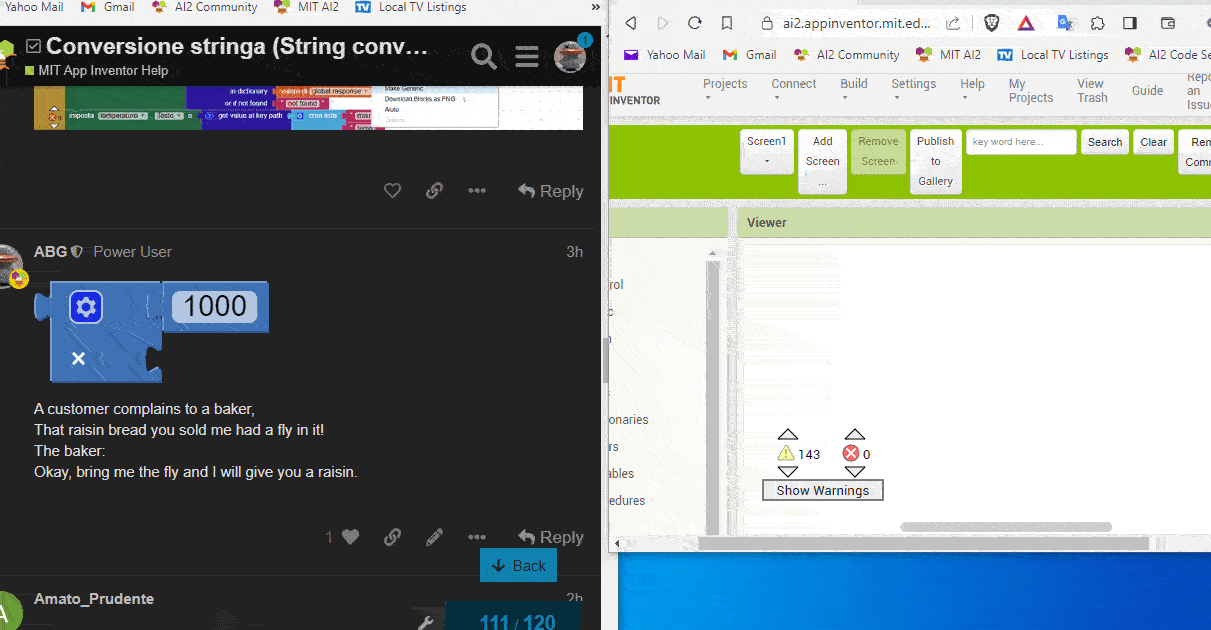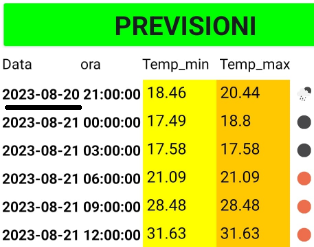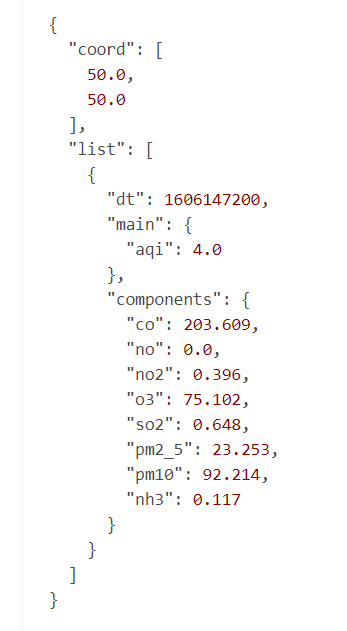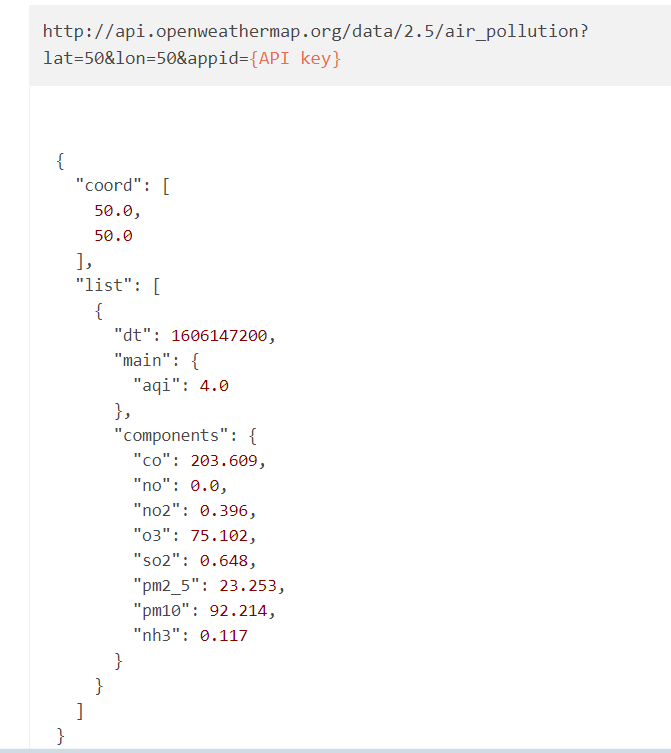Yes, date conversion can be done most easily with two blocks belonging to the Clock component (from the Sensors Drawer of the Designer):
- Make an Instant
- Format Date Time from an Instant
For your translation pleasure, here is a copy of the Java language datetime format table from SimpleDateFormat (Java Platform SE 7 )
Date and Time Patterns
Date and time formats are specified by date and time pattern strings. Within date and time pattern strings, unquoted letters from 'A' to 'Z' and from 'a' to 'z' are interpreted as pattern letters representing the components of a date or time string. Text can be quoted using single quotes (') to avoid interpretation. "''" represents a single quote. All other characters are not interpreted; they're simply copied into the output string during formatting or matched against the input string during parsing.
The following pattern letters are defined (all other characters from 'A' to 'Z' and from 'a' to 'z' are reserved):
Pattern letters are usually repeated, as their number determines the exact presentation:
-
Text: For formatting, if the number of pattern letters is 4 or more, the full form is used; otherwise a short or abbreviated form is used if available. For parsing, both forms are accepted, independent of the number of pattern letters.
-
Number: For formatting, the number of pattern letters is the minimum number of digits, and shorter numbers are zero-padded to this amount. For parsing, the number of pattern letters is ignored unless it's needed to separate two adjacent fields.
-
Year: If the formatter's Calendar is the Gregorian calendar, the following rules are applied.
- For formatting, if the number of pattern letters is 2, the year is truncated to 2 digits; otherwise it is interpreted as a number.
- For parsing, if the number of pattern letters is more than 2, the year is interpreted literally, regardless of the number of digits. So using the pattern "MM/dd/yyyy", "01/11/12" parses to Jan 11, 12 A.D.
- For parsing with the abbreviated year pattern ("y" or "yy"),
SimpleDateFormat must interpret the abbreviated year relative to some century. It does this by adjusting dates to be within 80 years before and 20 years after the time the SimpleDateFormat instance is created. For example, using a pattern of "MM/dd/yy" and a SimpleDateFormat instance created on Jan 1, 1997, the string "01/11/12" would be interpreted as Jan 11, 2012 while the string "05/04/64" would be interpreted as May 4, 1964. During parsing, only strings consisting of exactly two digits, as defined by Character.isDigit(char), will be parsed into the default century. Any other numeric string, such as a one digit string, a three or more digit string, or a two digit string that isn't all digits (for example, "-1"), is interpreted literally. So "01/02/3" or "01/02/003" are parsed, using the same pattern, as Jan 2, 3 AD. Likewise, "01/02/-3" is parsed as Jan 2, 4 BC.Otherwise, calendar system specific forms are applied. For both formatting and parsing, if the number of pattern letters is 4 or more, a calendar specific long form is used. Otherwise, a calendar specific short or abbreviated form is used.
If week year 'Y' is specified and the calendar doesn't support any week years, the calendar year ('y') is used instead. The support of week years can be tested with a call to getCalendar().isWeekDateSupported().
-
Month: If the number of pattern letters is 3 or more, the month is interpreted as text; otherwise, it is interpreted as a number.
-
General time zone: Time zones are interpreted as text if they have names. For time zones representing a GMT offset value, the following syntax is used:
GMTOffsetTimeZone:
GMT
Sign Hours
:
Minutes Sign: one of
+ -
Hours: Digit Digit Digit Minutes: Digit Digit Digit: one of
0 1 2 3 4 5 6 7 8 9
Hours must be between 0 and 23, and Minutes must be between 00 and 59. The format is locale independent and digits must be taken from the Basic Latin block of the Unicode standard.For parsing, RFC 822 time zones are also accepted.
- RFC 822 time zone: For formatting, the RFC 822 4-digit time zone format is used:
RFC822TimeZone: Sign TwoDigitHours Minutes TwoDigitHours: Digit Digit
TwoDigitHours must be between 00 and 23. Other definitions are as for general time zones.For parsing, general time zones are also accepted.
- ISO 8601 Time zone: The number of pattern letters designates the format for both formatting and parsing as follows:
ISO8601TimeZone: OneLetterISO8601TimeZone TwoLetterISO8601TimeZone ThreeLetterISO8601TimeZone OneLetterISO8601TimeZone: Sign TwoDigitHours
Z
TwoLetterISO8601TimeZone: Sign TwoDigitHours Minutes
Z
ThreeLetterISO8601TimeZone: Sign TwoDigitHours
:
Minutes
Z
Other definitions are as for general time zones or RFC 822 time zones.For formatting, if the offset value from GMT is 0, "Z" is produced. If the number of pattern letters is 1, any fraction of an hour is ignored. For example, if the pattern is "X" and the time zone is "GMT+05:30", "+05" is produced.For parsing, "Z" is parsed as the UTC time zone designator. General time zones are not accepted.If the number of pattern letters is 4 or more, IllegalArgumentException is thrown when constructing a SimpleDateFormat or applying a pattern.
SimpleDateFormat also supports localized date and time pattern strings. In these strings, the pattern letters described above may be replaced with other, locale dependent, pattern letters. SimpleDateFormat does not deal with the localization of text other than the pattern letters; that's up to the client of the class.
Examples
The following examples show how date and time patterns are interpreted in the U.S. locale. The given date and time are 2001-07-04 12:08:56 local time in the U.S. Pacific Time time zone.
| Date and Time Pattern |
Result |
"yyyy.MM.dd G 'at' HH:mm:ss z" |
2001.07.04 AD at 12:08:56 PDT |
"EEE, MMM d, ''yy" |
Wed, Jul 4, '01 |
"h:mm a" |
12:08 PM |
"hh 'o''clock' a, zzzz" |
12 o'clock PM, Pacific Daylight Time |
"K:mm a, z" |
0:08 PM, PDT |
"yyyyy.MMMMM.dd GGG hh:mm aaa" |
02001.July.04 AD 12:08 PM |
"EEE, d MMM yyyy HH:mm:ss Z" |
Wed, 4 Jul 2001 12:08:56 -0700 |
"yyMMddHHmmssZ" |
010704120856-0700 |
"yyyy-MM-dd'T'HH:mm:ss.SSSZ" |
2001-07-04T12:08:56.235-0700 |
"yyyy-MM-dd'T'HH:mm:ss.SSSXXX" |
2001-07-04T12:08:56.235-07:00 |
"YYYY-'W'ww-u" |
|
